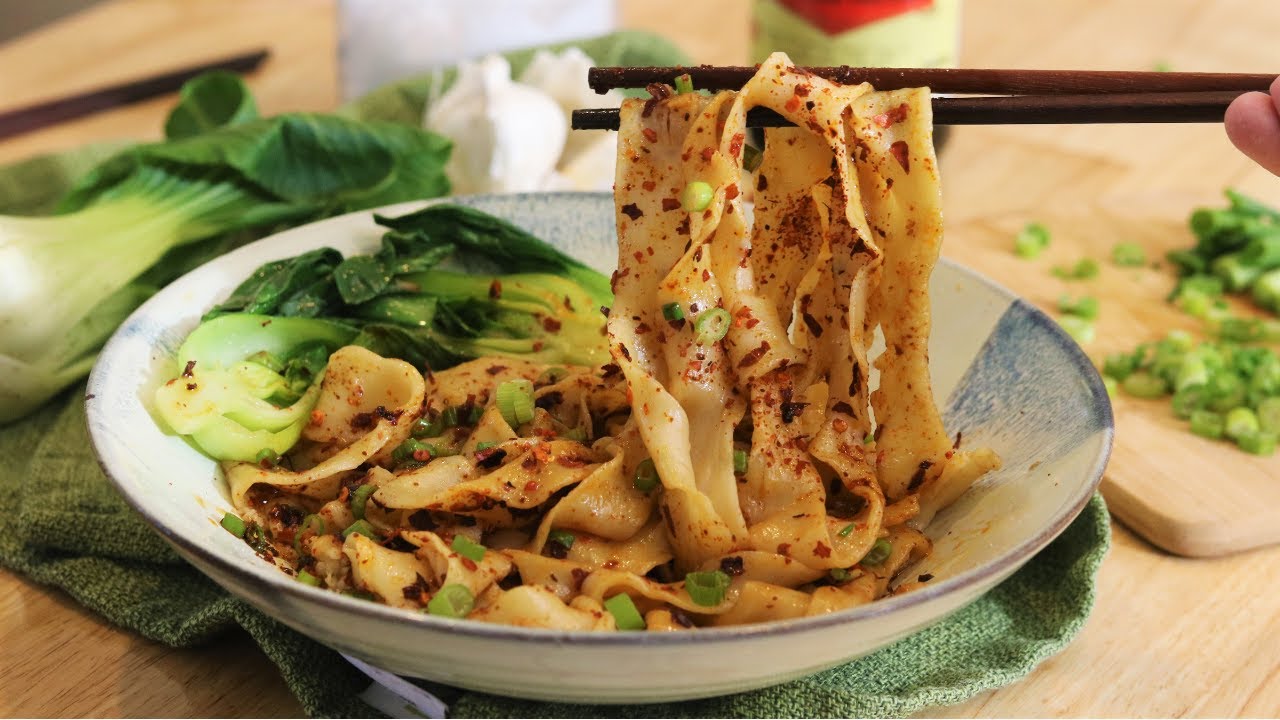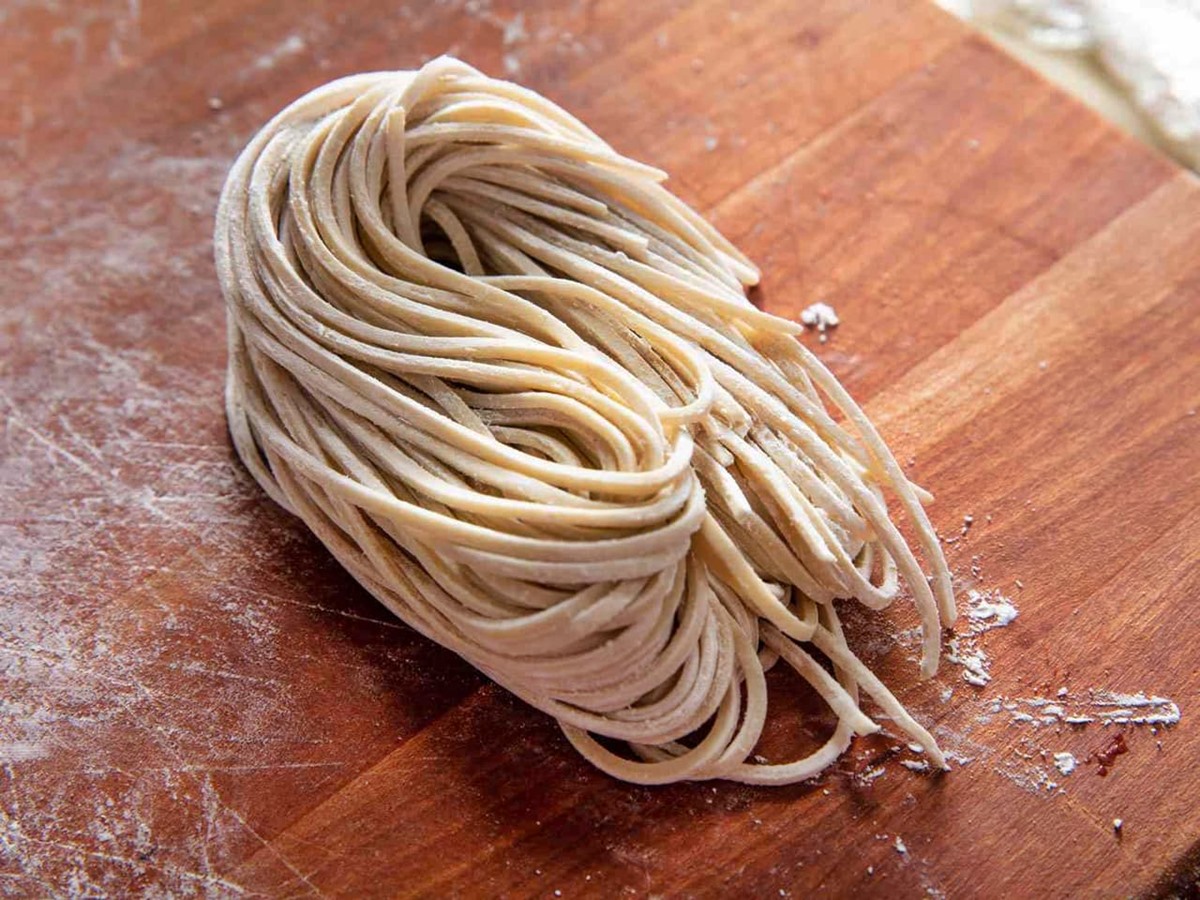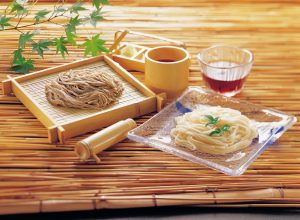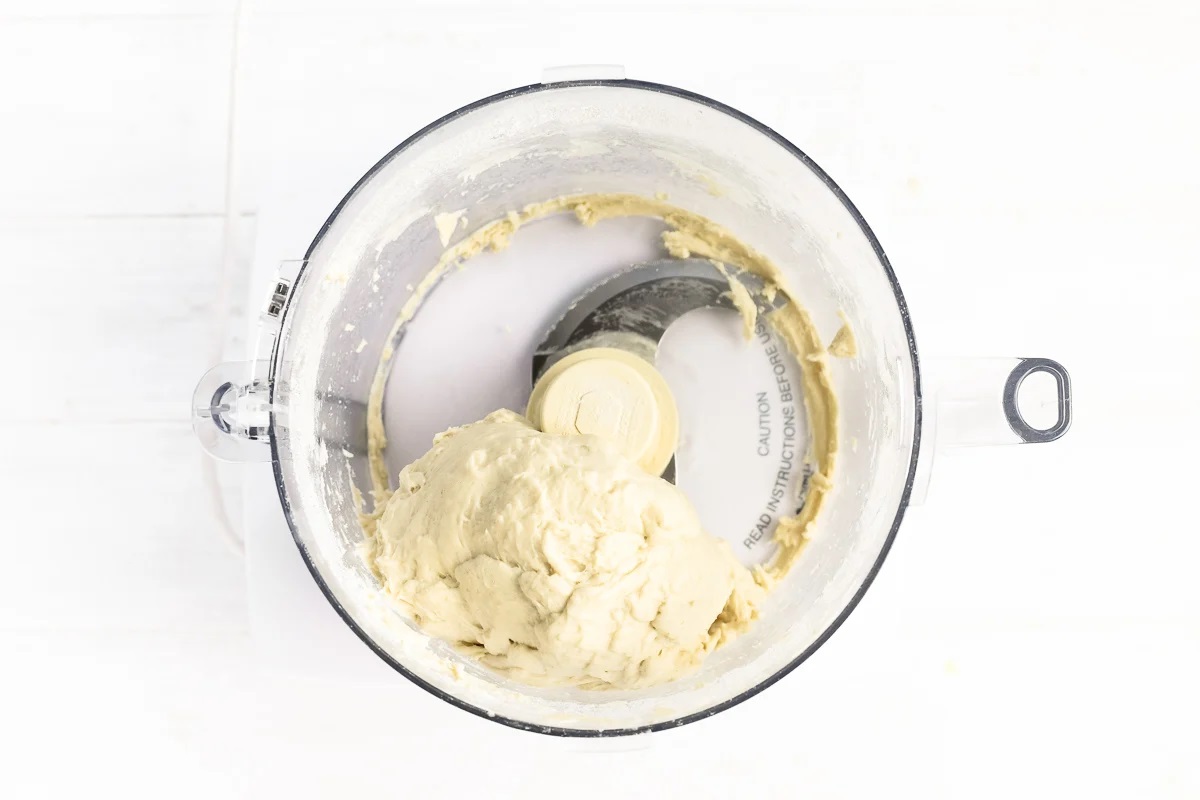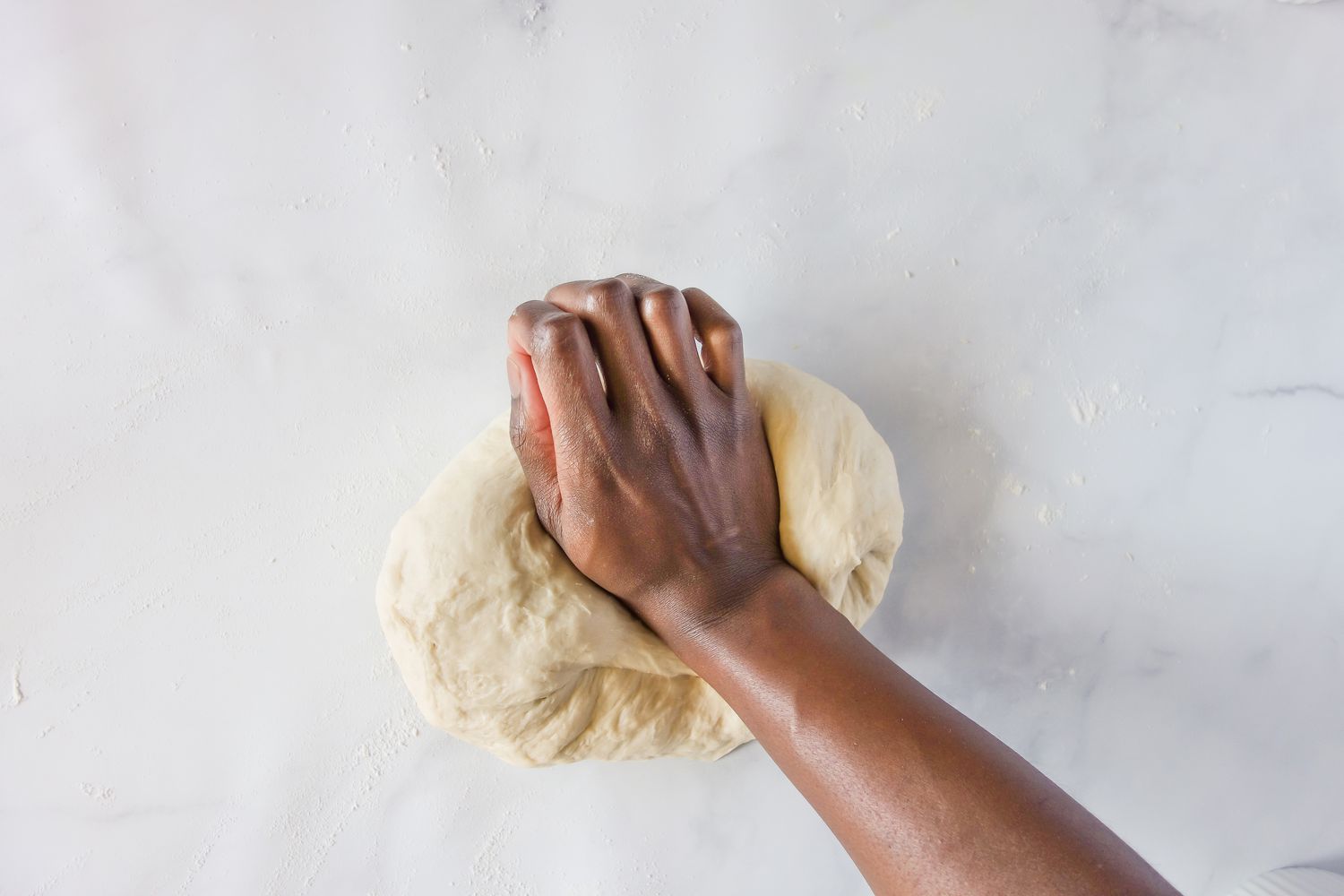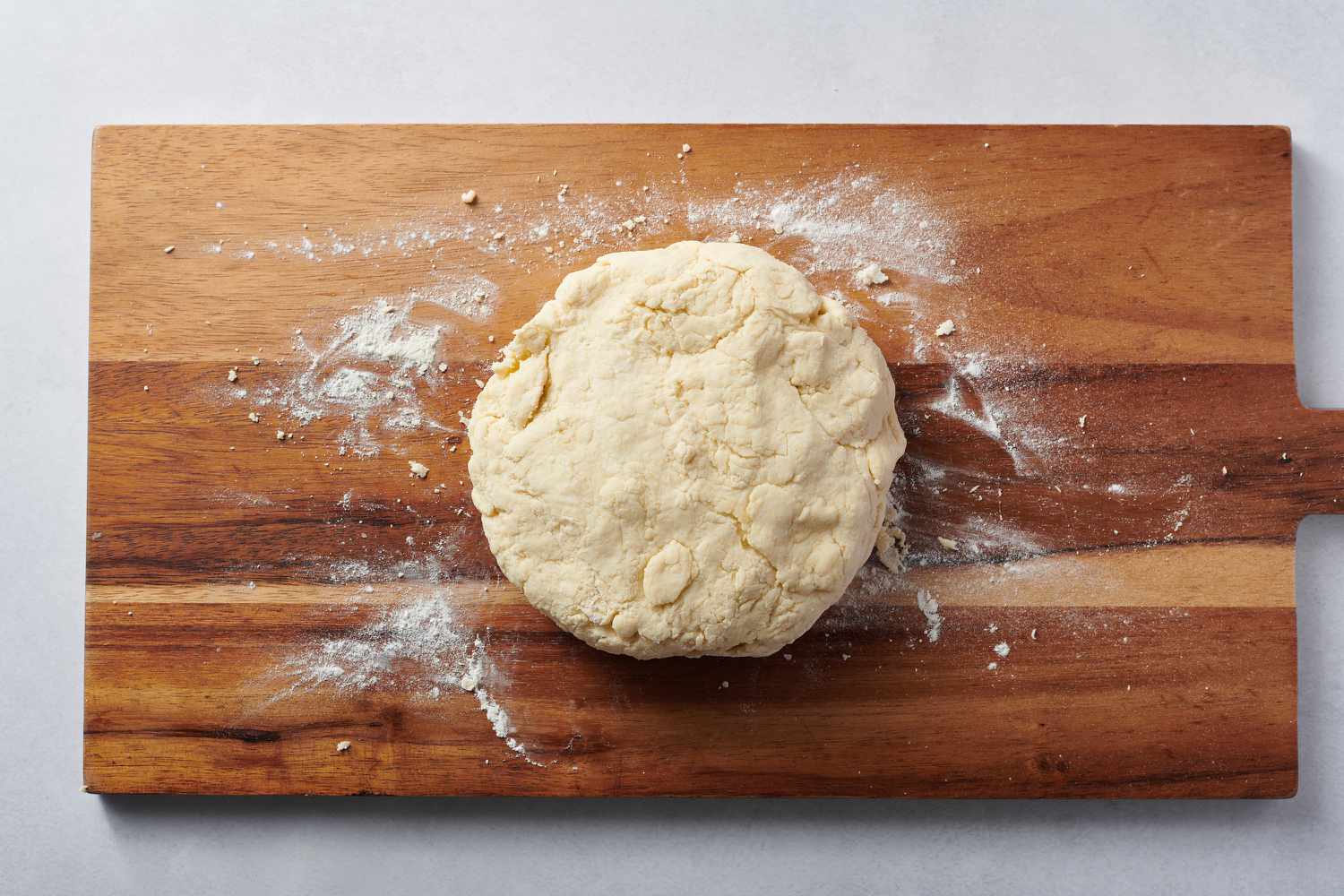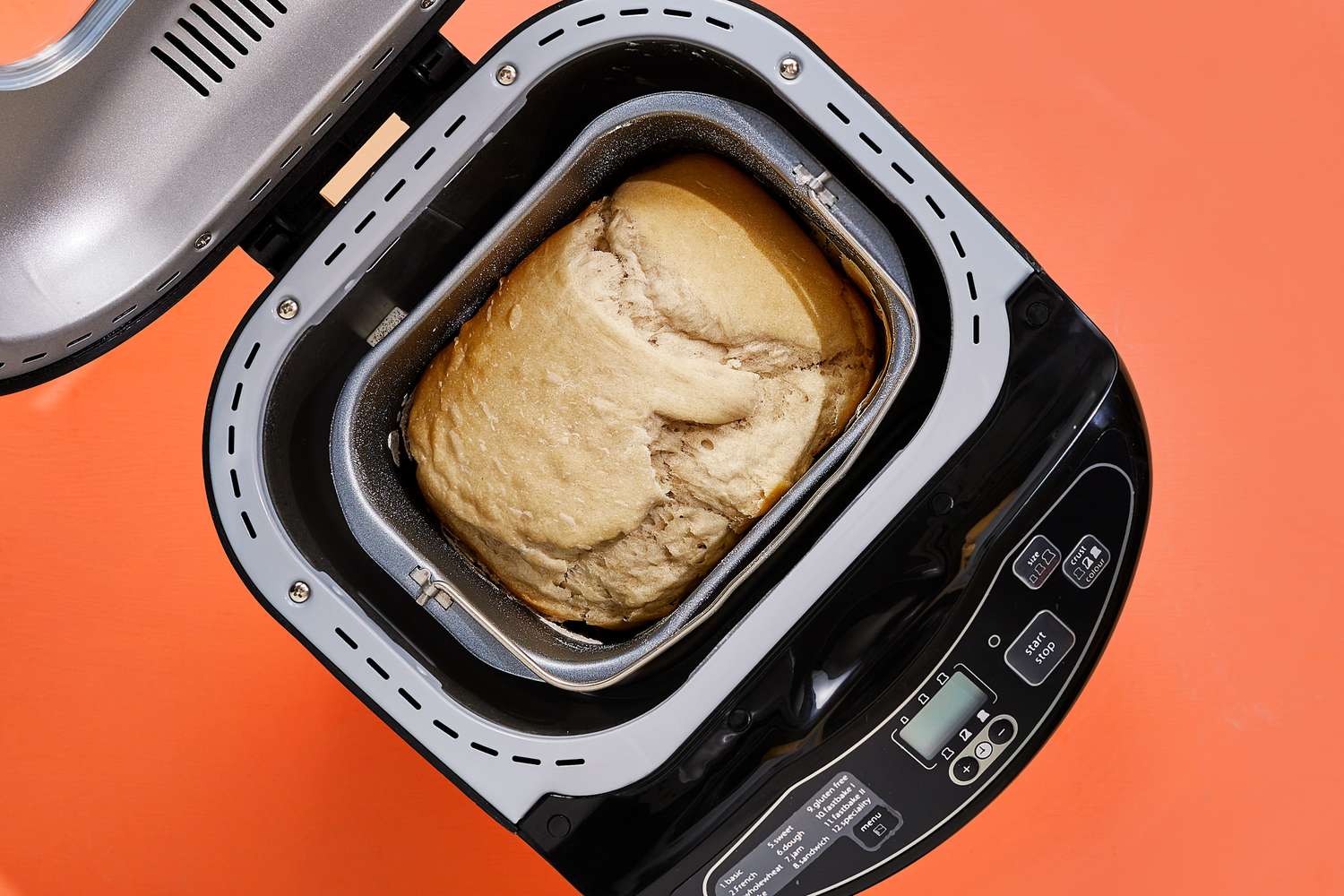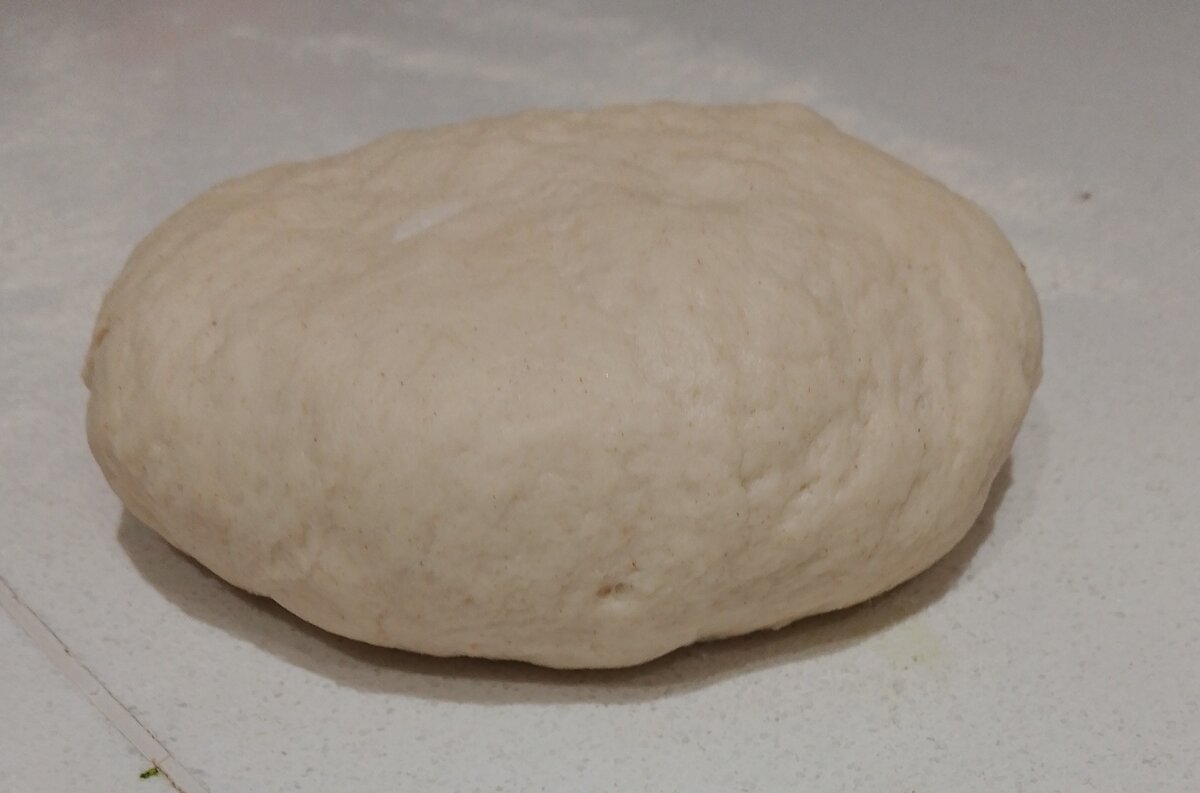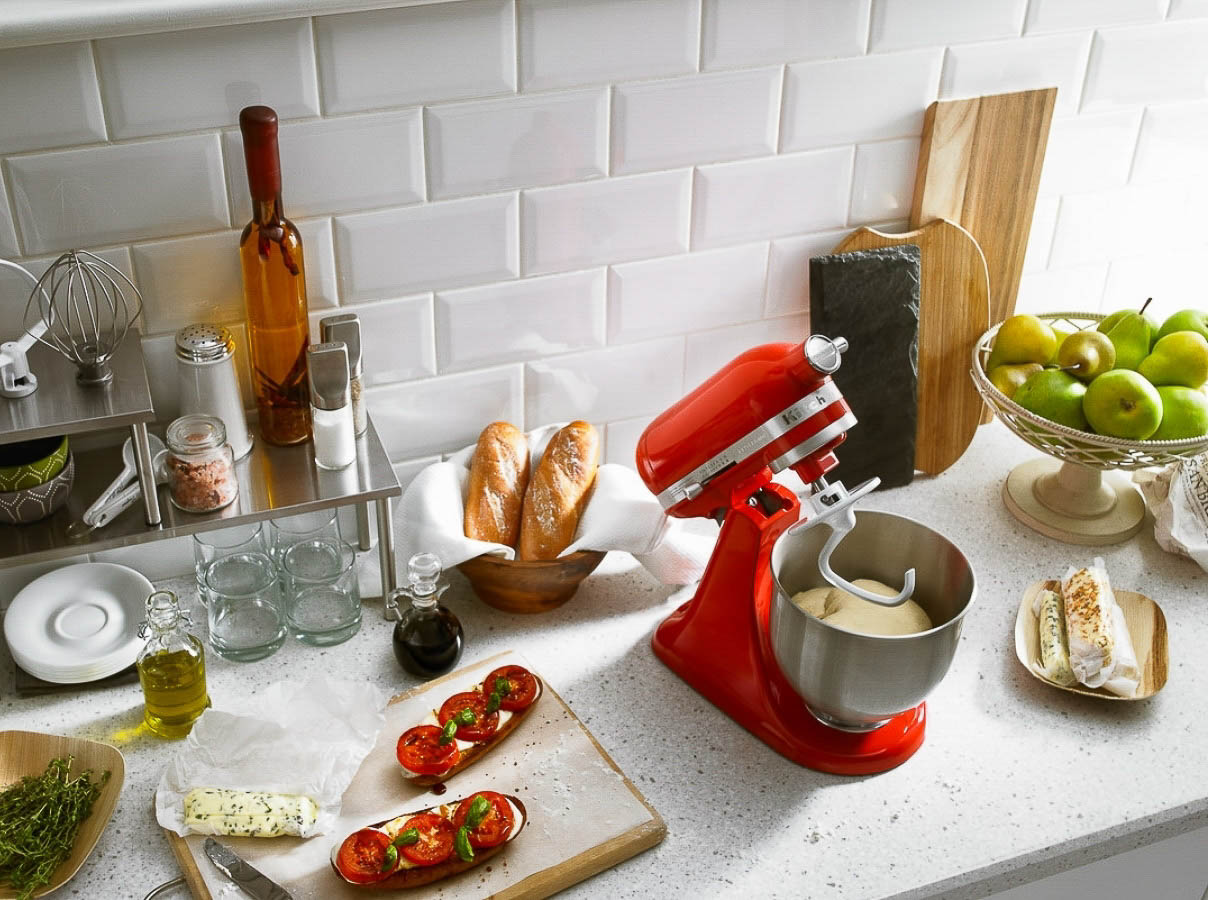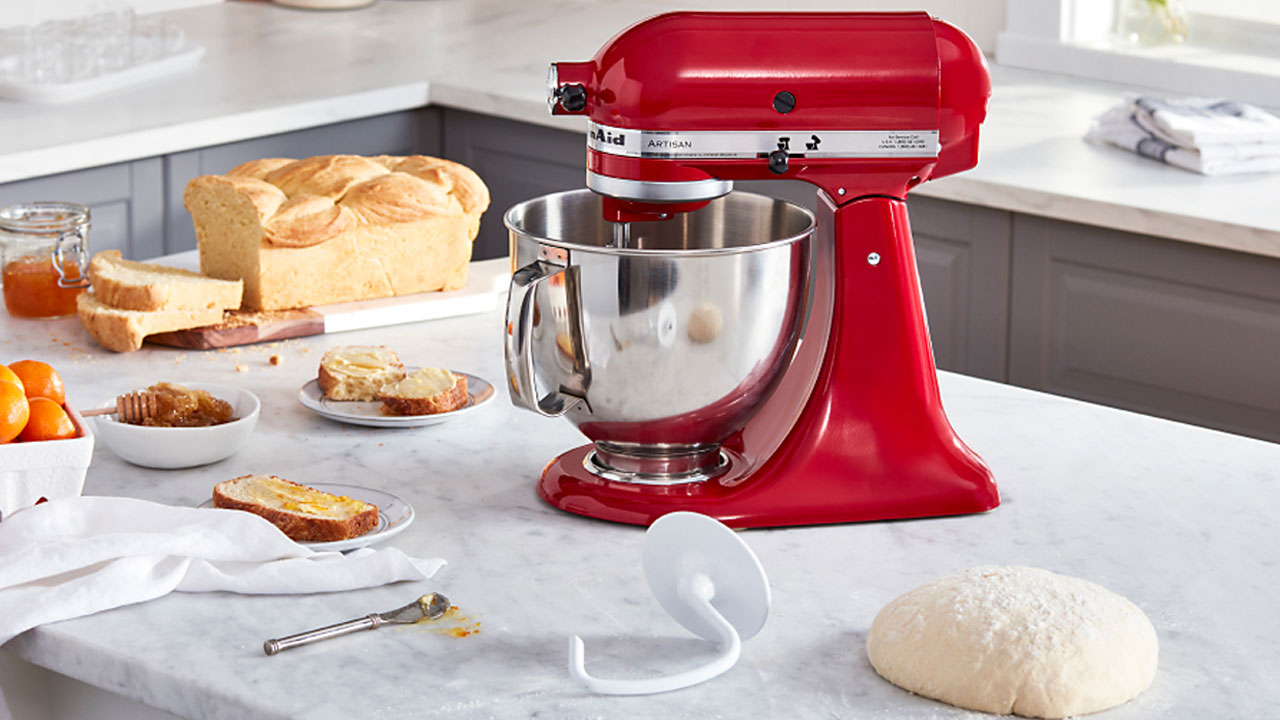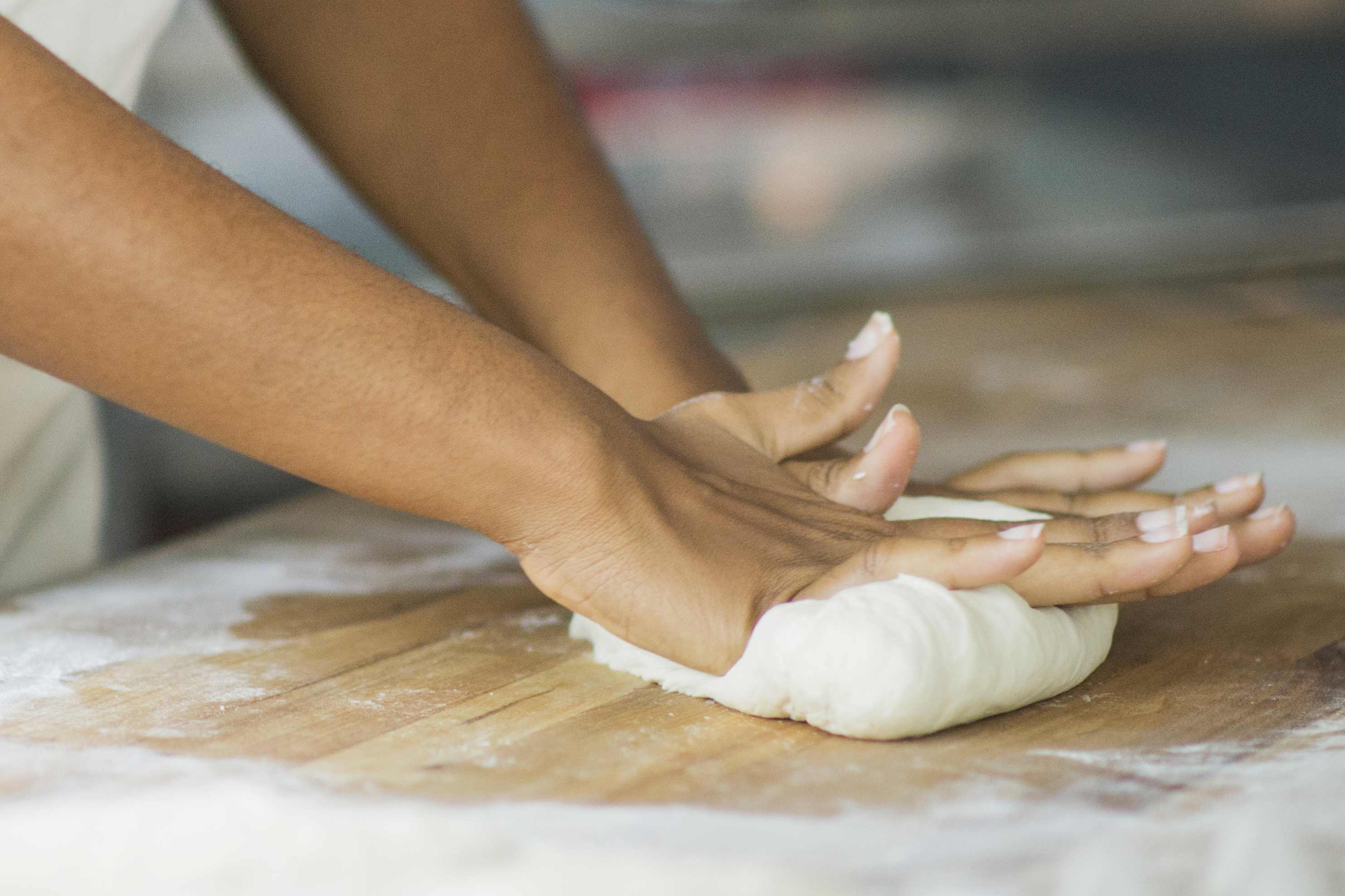Mastering the Art of Kneading Noodle Dough
There’s something incredibly satisfying about making your own homemade noodles. The process of kneading noodle dough is not only a crucial step in creating delicious noodles, but it can also be a therapeutic and enjoyable experience. Whether you’re a seasoned cook or a novice in the kitchen, mastering the art of kneading noodle dough is well worth the effort.
Why Kneading is Important
Kneading is a vital step in the noodle-making process as it helps to develop the gluten in the dough. This gluten development is what gives noodles their chewy texture and helps them hold their shape when cooked. Proper kneading also ensures that the ingredients are thoroughly combined, resulting in a uniform and cohesive dough.
Getting Started
Before you begin kneading your noodle dough, it’s essential to have the right ingredients and equipment on hand. Here’s what you’ll need:
- Flour
- Eggs or water
- A mixing bowl
- A clean work surface
- A bench scraper or knife
The Kneading Process
Now that you have everything you need, it’s time to start kneading your noodle dough. Follow these simple steps to achieve the perfect dough:
- Combine the Ingredients: Start by combining the flour and eggs or water in a mixing bowl. Use a fork to bring the ingredients together until a shaggy dough forms.
- Knead the Dough: Transfer the dough to a clean, floured work surface. Begin kneading the dough by pressing it away from you with the heel of your hand. Fold the dough in half, then give it a quarter turn. Continue this process for about 10-15 minutes, or until the dough becomes smooth and elastic.
- Rest the Dough: Once the dough is properly kneaded, wrap it in plastic wrap and let it rest at room temperature for at least 30 minutes. This allows the gluten to relax, making the dough easier to roll out and shape.
Tips for Success
To ensure that your noodle dough turns out perfectly every time, keep these tips in mind:
- Be Patient: Kneading takes time, so be patient and don’t rush the process. The more you knead, the better the texture of your noodles will be.
- Adjust the Flour: If the dough feels too sticky, add a little more flour. If it’s too dry, sprinkle it with a small amount of water. The goal is to achieve a smooth and pliable dough.
- Use Your Body Weight: When kneading, use the weight of your body to press the dough, rather than just your hands. This will help to develop the gluten more effectively.
Putting Your Dough to Use
Once your noodle dough is properly kneaded and rested, it’s ready to be rolled out and shaped into your desired noodle style. Whether you prefer thin spaghetti or wide fettuccine, the possibilities are endless. From there, you can cook your homemade noodles and enjoy the fruits of your labor in a delicious dish.
With a little practice and patience, kneading noodle dough will become second nature, allowing you to create fresh, flavorful noodles whenever the craving strikes. So roll up your sleeves, get kneading, and savor the satisfaction of making your own homemade noodles.
